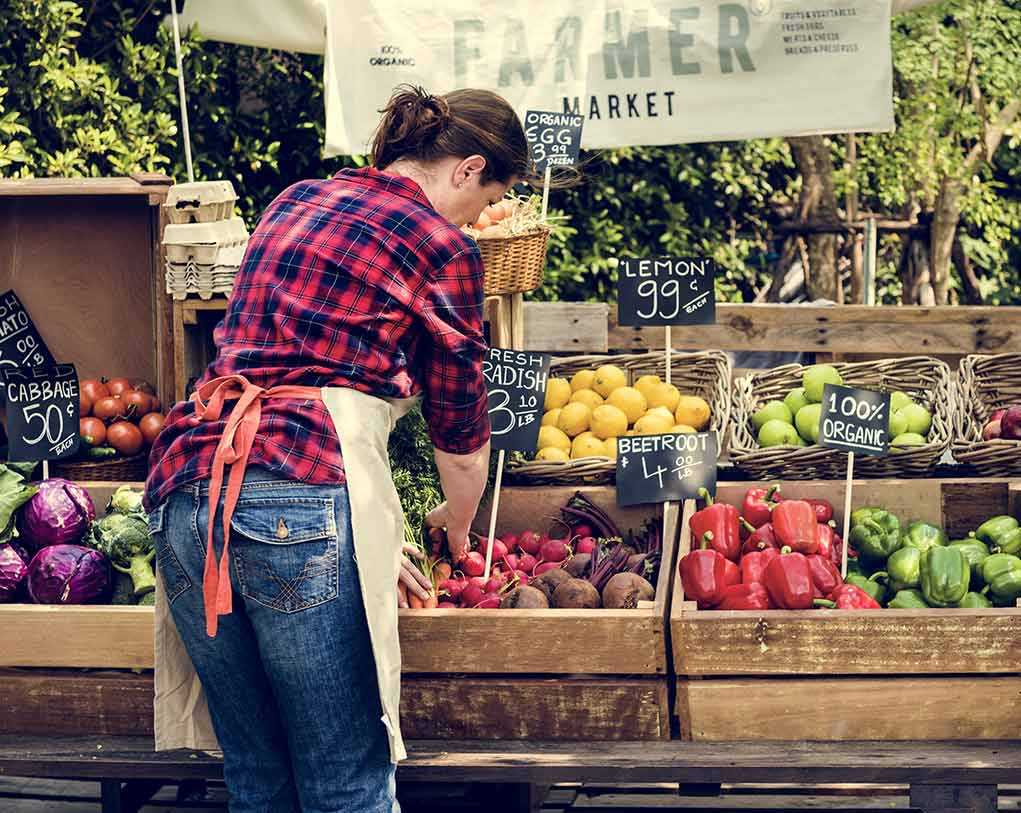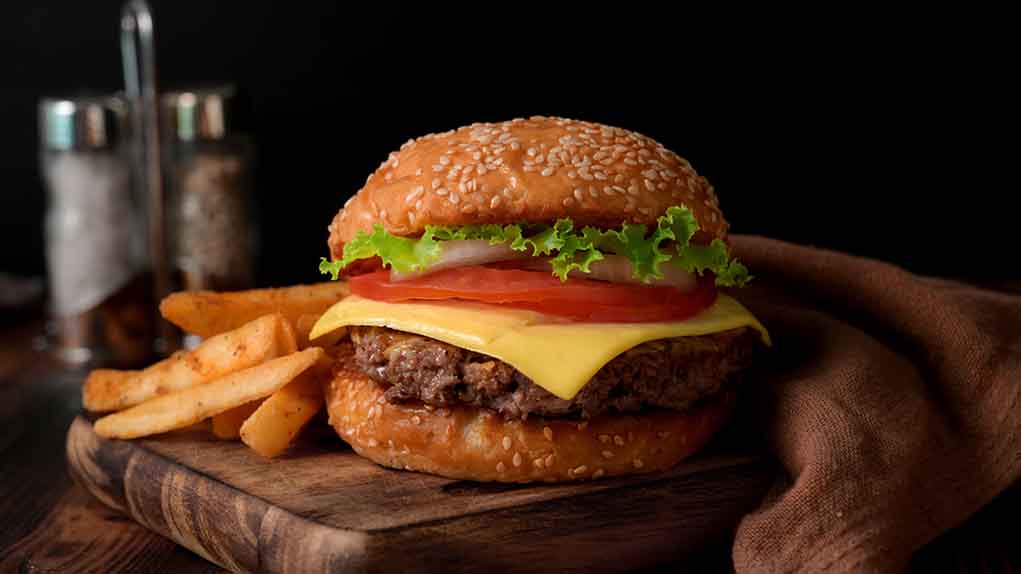
If you think TikTok is just for dance crazes and questionable life hacks, wait until you hear how it turned America’s fiber deficiency into the hottest digestive drama of the decade—and why your bathroom habits may never be the same.
At a Glance
- Fibermaxxing is a viral trend where people load up on dietary fiber—sometimes way beyond expert recommendations—to improve gut health and satiety.
- Unlike most social media health fads, this one has nutritionists actually nodding in approval (with a few caveats and a raised eyebrow).
- The average American eats less than half the recommended daily fiber, but fibermaxxing’s popularity is closing the gap (and opening new aisles in the grocery store).
- Experts warn: ramp up your fiber slooowly, or risk starring in your own personal episode of “America’s Got Bloating.”
How TikTok Turned Fiber from Snooze-Fest to Social Media Celebrity
Fibermaxxing didn’t crawl out of a textbook or get pushed by a shadowy food lobby—it exploded on TikTok, that digital petri dish where trends mutate at the speed of Wi-Fi. Picture this: a 22-year-old with a blender, some chia seeds, and the audacity to claim that fiber can change your life (and your colon). The hashtag #fibermaxxing has now racked up more than 157 million views, with creators swapping high-fiber recipes, supplement strategies, and “before and after” gut stories that would make your doctor blush.
Registered dietitians like Mascha Davis and Kate Mintz are sliding into the comments, not to debunk, but to guide: “Go slow,” they say, “and don’t forget the water.” Even media outlets like Forbes and The Independent have lined up to declare fibermaxxing the rare TikTok health craze that might actually help more than it harms.
Why Fibermaxxing Is Getting the Health Nerds Excited
Here’s the not-so-dirty secret: Americans have been failing the fiber test for decades. The FDA recommends 28 grams a day for adults, but most people clock in with a measly 10 to 15 grams—barely enough to keep things moving. The consequences? Rising rates of constipation, metabolic syndrome, and even colorectal cancer, especially among younger adults. Enter fibermaxxing, a trend that’s not just about looking good for the algorithm but tackling a real public health gap.
What’s got everyone jazzed is that fiber isn’t just about regularity. It feeds your good gut bacteria, helps control blood sugar, lowers cholesterol, and keeps you fuller longer. Some TikTokers even claim it’s the secret weapon against colon cancer, though experts urge some restraint with those miracle claims. The plant-based food industry is already cashing in, rolling out new fiber-rich products and marketing them to a generation that loves a “challenge”—especially if it comes with a hashtag.
The Fibermaxxing Playbook: Do’s, Don’ts, and Digestive Plot Twists
The experts have spoken, and their bottom line is this: fibermaxxing is more friend than foe—if you play by the rules. The number one rule? Never go from zero to chia-seed-champion overnight. Dramatic fiber increases can backfire with bloating, cramps, and a personal vendetta from your digestive system. Think of it as training for a marathon, not a sprint; add fiber gradually, and drink plenty of fluids to keep everything running smoothly.
Supplements have entered the chat, but most dietitians still prefer you get your fiber from whole foods—beans, berries, whole grains, nuts—rather than a scoop of mystery powder. There’s also a warning against the “maxxing” mindset itself: focusing on a single nutrient at the expense of a balanced diet. After all, nobody wins gold for eating only lentils. Experts like Joanne Slavin remind us, “It doesn’t take large amounts of fiber to have a real effect,” and moderation is your gut’s best friend.
The Lasting Impact: Will Fibermaxxing Change How We Eat?
If the fibermaxxing craze sticks, it could actually shift the way America eats—more plants, less processed filler, and a lot more label reading in the cereal aisle. Short-term, we’ll see more people swapping diet sodas for smoothie bowls, and maybe fewer ER visits for “mystery stomach pain.” Long-term, this could mean lower rates of chronic disease and an overdue renaissance for the humble bean. Plant-based brands are already celebrating, and public health officials are quietly hopeful that TikTok’s taste for fiber might outlast the next dance challenge.
The catch? Trends are fickle, and today’s fiber hero could be tomorrow’s forgotten superfood. But for now, fibermaxxing is a rare win for social media: a fad that actually feeds you, body and soul—if you let it.

















